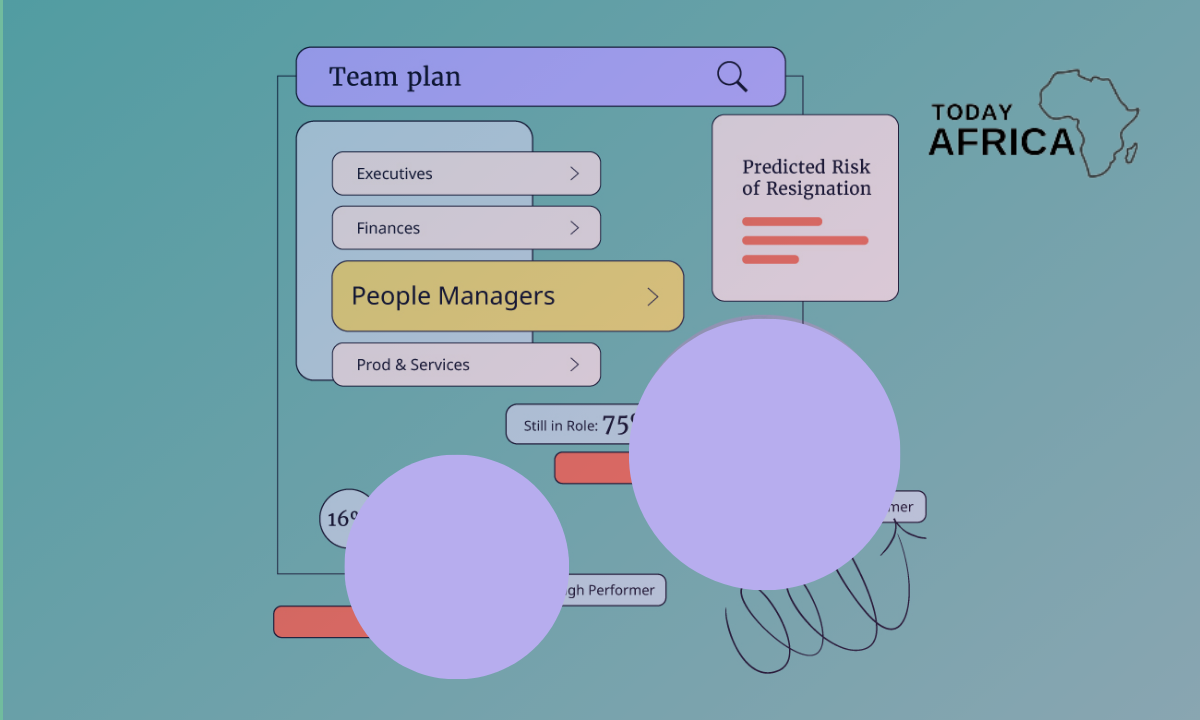Traditional funding methods like bank loans, venture capital, and equity financing have long been the go-to options for entrepreneurs seeking capital.
However, as businesses evolve and the financial landscape diversifies, innovative alternatives to these conventional methods have emerged. Among them is royalty-based financing, a flexible and often underappreciated funding model that offers unique advantages to both entrepreneurs and investors.
In this blog post, we will learn what is royalty-based financing, exploring its structure, benefits, challenges, and how to structure the royalty funding deal.
What is Royalty-based Financing?
Royalty-based financing (RBF), also known as revenue-based financing, is a type of funding where a business receives capital in exchange for a percentage of its future revenues.
Unlike traditional loans, which require fixed payments, or equity financing, which involves giving up ownership stakes, RBF ties the repayment of the investment directly to the company’s performance.
As the business generates revenue, a predetermined percentage of that revenue is paid to the investor until a specified return on investment (ROI) is achieved.
Key features of royalty-based financing
1. Revenue-linked repayment: Payments to the investor are directly proportional to the company’s revenue. If the business experiences growth, the investor’s returns increase, and if revenues decline, the payments decrease accordingly.
2. Non-dilutive: Unlike equity financing, RBF does not require the business to give up any ownership or control, making it an attractive option for entrepreneurs who wish to retain full control of their company.
3. Flexible repayment terms: The repayment schedule is not fixed. Instead, it fluctuates with the company’s revenue, providing a cushion during periods of low sales and accelerating repayments during high-revenue periods.
4. Capped return: The total amount repaid to the investor is usually capped at a multiple of the original investment, often 1.5x to 3x, after which the obligation ends.
How Royalty-Based Financing Works
To better understand how royalty-based financing functions, let’s break down the process step by step:
1. Initial agreement
The entrepreneur and the investor enter into an agreement that outlines the terms of the investment. Key components of this agreement typically include:
- Investment amount: The initial capital provided by the investor.
- Royalty rate: The percentage of revenue that will be paid to the investor.
- Cap: The maximum amount the investor will receive, expressed as a multiple of the initial investment.
- Duration: The expected time frame over which the payments will be made, although this can vary based on actual business performance.
2. Disbursement of funds
Once the agreement is in place, the investor disburses the agreed-upon funds to the business. This capital can be used for various purposes, such as product development, marketing, expansion, or working capital.
3. Revenue generation and royalty payments
As the business generates revenue, a percentage of that revenue is paid to the investor according to the agreed royalty rate. For example, if the royalty rate is 5% and the business earns $100,000 in a given month, the payment to the investor would be $5,000.
4. Cap reached and exit
The payments continue until the total amount paid to the investor reaches the agreed-upon cap. For instance, if the cap is set at 2x the initial investment, and the investor provided $500,000, the payments will continue until the investor has received $1,000,000. Once this cap is reached, the repayment obligation ends, and the business retains all future revenues.
Advantages of Royalty-based Financing
1. Preservation of ownership and control
One of the most significant advantages of RBF is that it allows entrepreneurs to raise capital without diluting their ownership stake. This is particularly appealing for founders who wish to maintain control over their company’s strategic direction.
2. Aligned incentives
RBF creates a strong alignment between the investor and the entrepreneur. Since the investor’s returns are directly tied to the company’s revenue, both parties share a common goal of driving business growth. This contrasts with traditional debt financing, where the lender’s primary concern is repayment, regardless of the company’s performance.
3. Flexible repayment structure
The variable nature of royalty payments provides a safety net during periods of lower revenue, reducing the risk of financial strain on the business. This flexibility is especially beneficial for companies with fluctuating or seasonal revenues.
4. Predictable exit
With a predefined cap on the total repayment amount, both the entrepreneur and the investor have clarity on the expected return and the duration of the relationship. This predictability can simplify financial planning for the business and the investor.
5. Attractive to investors seeking regular income
For investors, RBF offers the potential for regular income through the royalty payments. This can be particularly appealing to investors who prefer cash flow over long-term capital gains, as is common with equity investments.
Read Also: 21 Best Market Research Tools for Startups
Challenges and Considerations

While royalty-based financing offers numerous benefits, it is not without its challenges. Entrepreneurs and investors should carefully consider the following aspects before entering into an RBF agreement:
1. Impact on cash flow
Since royalty payments are based on a percentage of revenue, they represent an ongoing expense for the business. Companies with thin margins or high operational costs may find it challenging to sustain these payments, particularly during periods of low revenue.
2. Higher cost of capital
RBF can be more expensive than traditional debt financing, especially if the business experiences rapid growth and reaches the cap quickly. The total amount repaid to the investor can significantly exceed the original investment, leading to a higher effective cost of capital.
3. Complexity in structuring deals
Negotiating and structuring an RBF deal can be more complex than securing a traditional loan. Both parties need to agree on the appropriate royalty rate, cap, and other terms, which can require careful analysis and forecasting.
4. Investor risk
From an investor’s perspective, the risk associated with RBF is tied to the company’s performance. If the business fails to generate sufficient revenue, the investor’s returns may be lower than expected, or in extreme cases, they may not recover their initial investment.
5. Limited availability
RBF is not as widely available as traditional financing options. It is often used in specific industries, such as entertainment, technology, and consumer products, where revenue streams are more predictable. Entrepreneurs may need to seek out specialized investors or funds that focus on this type of financing.
When to Consider Royalty-based Financing
Royalty-based financing is not suitable for every business or situation. However, it can be an excellent option under the following circumstances:
1. Revenue-generating businesses
RBF is most effective for businesses with established revenue streams, as the repayments are directly tied to revenue. Startups in the early stages of development or those without a clear path to revenue may find it challenging to meet the repayment obligations.
2. Businesses seeking growth capital
Companies looking to expand their operations, launch new products, or enter new markets can benefit from the flexible capital that RBF provides. The non-dilutive nature of RBF ensures that the founders retain control as the business scales.
3. Companies with predictable revenue
Industries with stable and predictable revenue streams, such as subscription-based businesses, franchising, or licensing, are particularly well-suited for RBF. The predictability of revenue makes it easier to structure a deal that works for both the entrepreneur and the investor.
4. Entrepreneurs prioritizing ownership retention
For founders who are unwilling to give up equity or control, RBF offers a viable alternative. It allows them to raise the necessary capital while preserving their ownership stake and decision-making authority.
5. Businesses with high margins
Companies with high profit margins are better positioned to manage the ongoing royalty payments without compromising their financial stability. The higher margins provide a buffer against the cash flow impact of RBF.
How to Structure a Royalty-based Financing Deal
Structuring an RBF deal requires careful consideration of several factors to ensure that both the entrepreneur and the investor are satisfied with the terms.
Here are some key steps in structuring a successful RBF deal:
1. Determine the investment amount
The first step is to determine how much capital the business needs and how much the investor is willing to provide. This amount should align with the company’s growth objectives and the investor’s risk tolerance.
2. Set the royalty rate
The royalty rate is a critical component of the deal. It represents the percentage of revenue that will be paid to the investor. The rate should be high enough to provide the investor with an attractive return but not so high that it burdens the business’s cash flow.
Read Also: Brand Market Research: Meaning & How to Do it Like Experts
3. Establish the cap
The cap determines the total amount that the investor will receive, expressed as a multiple of the initial investment. Setting the cap requires balancing the investor’s expected return with the business’s ability to make the payments.
4. Define the revenue base
It’s important to clearly define what constitutes the revenue base from which the royalty payments will be calculated. This could include all revenue or be limited to specific products, services, or revenue streams.
5. Draft the agreement
Once the terms are agreed upon, a formal agreement should be drafted, outlining the investment amount, royalty rate, cap, and other relevant details. This agreement should be reviewed by legal professionals to ensure that it is fair and enforceable.
6. Monitor and adjust
After the deal is in place, both parties should regularly monitor the company’s revenue and payment progress. If necessary, adjustments can be made to the terms to accommodate changes in the business environment or performance.
Conclusion
Royalty-based financing offers a compelling alternative to traditional financing methods, providing entrepreneurs with flexible capital without sacrificing ownership or control. While it may not be suitable for every business, RBF can be a powerful tool for companies with established revenue streams, high margins, and growth potential.
For investors, RBF presents an opportunity to earn regular income while supporting businesses in their growth journey. The alignment of incentives between the entrepreneur and the investor makes RBF an attractive option for those looking to participate in a company’s success without taking on the risks associated with equity investments.
As with any financial decision, it’s essential to carefully evaluate the specific circumstances of your business and seek professional advice when considering royalty-based financing. When structured correctly, RBF can be a win-win solution that drives growth, fosters innovation, and delivers strong returns for both entrepreneurs and investors.
Interact with us via our social media platforms:
- Facebook: Today Africa
- Instagram: Today Africa
- Twitter: Today Africa
- LinkedIn: Today Africa
- YouTube: Today Africa Studios
















